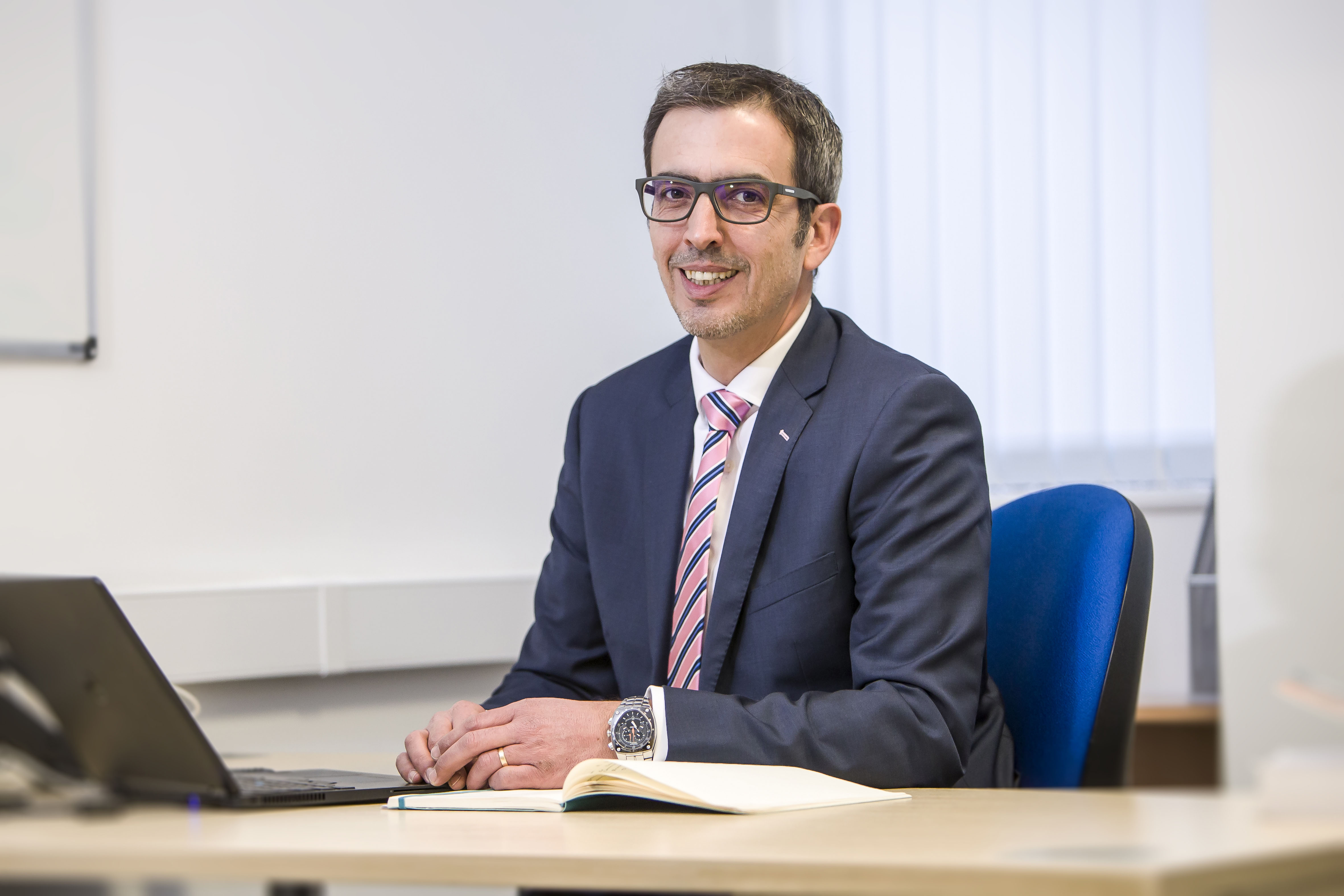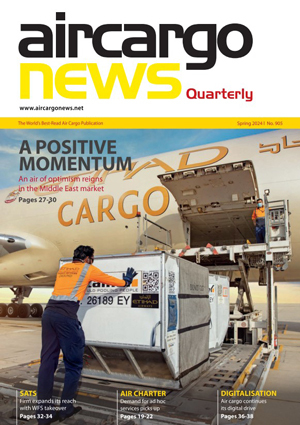Call for pharma packaging to improve volumetric efficiency
26 / 02 / 2020

Dominic Hyde
The pharmaceutical industry needs to face up to the potential challenge of falling airfreight capacity and higher rates, says Dominic Hyde, vice president of Crēdo on Demand at Peli BioThermal.
“We can’t ignore the effect that climate change activist Greta Thunberg is having on air travel, which runs on fossil fuels and ‘Extinction Rebellion’ shows no signs of slowing down,” he said.
Declining airfreight and passenger demand would combine “to produce a double whammy for the pharmaceutical industry” with air freight capacity becoming an even more precious and dwindling resource.
But Hyde believes there are things that can be done to mitigate reduced capacity. “For example, temperature-controlled packaging systems will need to step more into the foreground to reduce volumetric weight, providing higher performing insulation and phase change materials that can considerably improve volumetric efficiency.”
He admits that many packaging systems currently available to reduce volumetric weight are typically more expensive unless they are re-used, and re-use can’t always be achieved efficiently for both financial and environmental reasons.
“The pharmaceutical packaging industry will need to look more closely at the installed capabilities of aircraft to manage temperature, which could make lower-grade packaging materials more acceptable.”
This may be a solution, but as Hyde adds: “the capabilities of the aircraft will also need to be matched to ground conditions and reliable sourcing can be difficult in less developed regions of the world.”
He says pharmaceutical packaging manufacturers have broadened their product portfolios to enable the most efficient solutions to be selected, qualified and deployed on a lane-by-lane basis across truly global supply chains.
“Making the right selections and performing the necessary qualifications can be daunting, but this is the challenge we must face to deliver value and make responsible use of dwindling resources such as global airfreight capacity.”
Hyde concludes that the good news is that cold chain consultants have the tools and resources to streamline this new approach.
“Packaging products have been engineered and tested to incorporate operational consistency and simplicity that might otherwise make it too complex to deploy. Networks and services have also been developed and deployed to enable efficient and reliable outsourcing of operations.”














